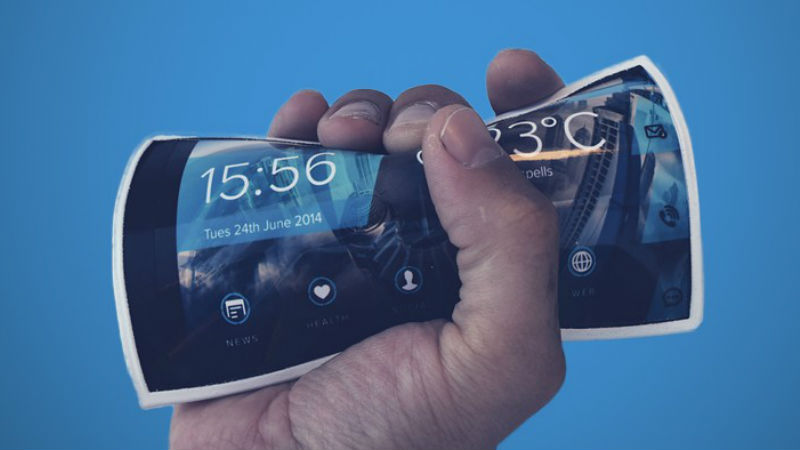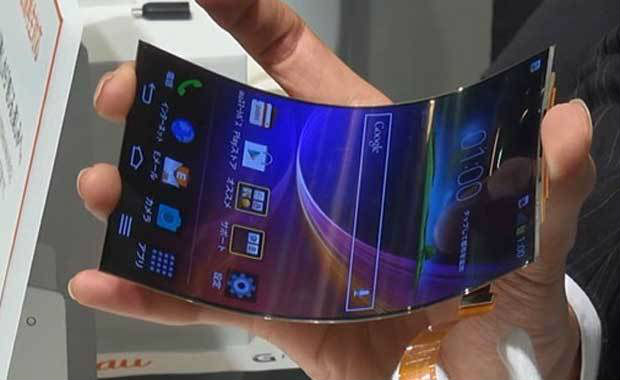Gadgets
5 Futuristic Smartphone Advancements Coming Your Way Soon
Here’s what is set to be unleashed into the smartphone market in the near future!

Smartphone tech is busy developing at a rate of knots, with electronics brands like Apple, Huawei, and Samsung in an arms race to provide consumers with rapidly evolving sets of features in record time. Some interesting features have been touted recently that could turn smartphone science fiction into science fact in a short space, and we’re going to look at some of the most promising features that could be nestled in our pockets very soon.
No more SIM Cards
Over the last few years, we’ve seen SIM cards shrink in size to the point where it’s almost impossible to handle them unless you have a pianist’s hands, but they could be a thing of the past quite soon. A few manufacturers are looking to do away with the technology altogether and replace traditional physical SIM cards with electronic versions. This means you’ll be able to have multiple contracts simultaneously if you wanted to, and would be able to alternate between them like different email accounts. It also mean that having coverage while traveling will be less of an inconvenience by simply using ‘log in’ details for a SIM card instead of having to acquire a physical one.
Pressure-Sensitive Screens
Apple’s Force Touch functionality is already an iteration of screen technology that can sense the difference between a light tap and a heavier push, and it seems that this type of technology is going to become more prevalent and sophisticated as time goes on. With further development in this area, user experiences as well as app functions could see more nuanced interfaces introduced as users can control their inputs more accurately. Mobile games are likely to be the biggest beneficiaries as it adds another dimension of control to a smartphone’s touch screen.

Nano Technology Batteries
A prototype of a nano-tech battery was already tested by a company called StoreDot that managed to fully charge a battery in under a minute. The prospect for this technology to be commonly implemented would mean massive improvements in charging time, but currently at the expense of capacity because that test prototype only lasted for roughly two-thirds the amount of time as a traditional battery. As the technology improves, they should manage to achieve a healthy compromise between rapid charging as well as impressive capacity, and with companies like Samsung investing in StoreDot, it seems there’s an intention to bring this technology to market in the near future.
Graphene Implementation
Graphene is a new wonder-material that has techies raving over its versatility in terms of applications. The main draw of the material it is exceptionally strong and durable (a couple of hundred times stronger than steel, allegedly), flexible, and light – but most importantly for smartphones, it can conduct electricity rather well. Its ability to conduct a current makes it ideal for electronics, and also means it could lead to exceptionally robust phone casings without having to increase weight or functionality very much.

Photonic Crystal Displays
It’s true that phone screens have become exceedingly capable of displaying every colour under the sun in recent years, but a prevailing problem with conventional screens is how they tend to perform quite poorly in varying light conditions. This issue could be rectified with the application of photonic crystals – a technology that allows screens to adapt and adjust their performance according to external light sources. This might be a good remedy to the glare-filled performance we experience with smartphone screens in direct sunlight, the only catch is that it requires an external light source to work. Having some combination of a traditional LED-type screen as well as photonic crystals may be possible and would end up offering the best of both worlds.
Which feature do you most wish your future smartphone would have, and do you think you could be enjoying it soon? Let us know by tweeting @MenStuffZA and commenting below.















